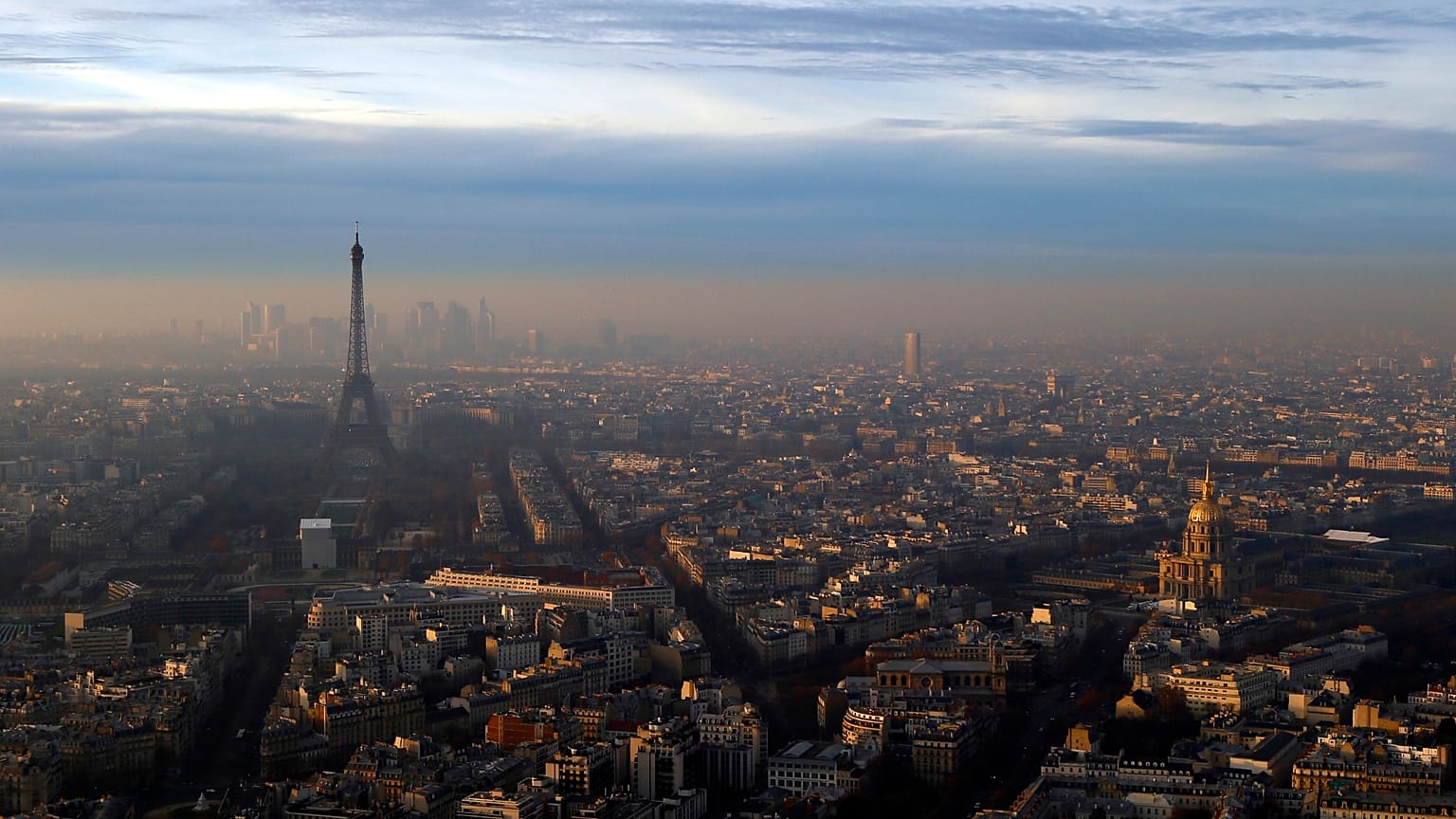Europe’s air pollution is improving but there's still a long way to go. Here’s which countries are worst affected.
Air pollution kills more than 1,200 children and teenagers per year in Europe, according to a report released by the European Environment Agency (EEA) on Monday.
It also significantly increases the risk of disease later in life.
Despite improvements made in recent years, the level of key air pollutants in many European countries remain “stubbornly above” World Health Organization (WHO) guidelines, the report warns.
Central-eastern Europe and Italy are particularly severely affected.
Why are young people so vulnerable to air pollution?
Children and adolescents are especially vulnerable to air pollution because their bodies and immune systems are still developing.
Exposure to nitrogen dioxide and ozone in the short term, and fine particulate matter - also known as PM 2.5 - in the long term can affect children’s lung function and development. This can lead to respiratory and cardiovascular diseases, including asthma, which affects nine per cent of young people in Europe.
Exposure to air pollution during pregnancy is additionally linked to low birth weight and risk of preterm birth.
The report estimates that air pollution causes more than 1,200 premature deaths per year among those under age 18 across the EEA’s 32 member countries, which do not include the UK, Switzerland or Ukraine.
Although this number is still low compared to overall deaths from air pollution, which was estimated at 311,000 in 2021, the impact of death or chronic illness in early life is considered greater.
Among the wider population, heart disease and stroke are the most common causes of premature deaths from air pollution, followed by lung diseases and lung cancer.
How bad is air pollution in Europe?
In 2021, more than 90 per cent of the EU’s urban population was exposed to harmful levels of air pollution, the report says.
Exposure to PM 2.5 - the most damaging pollutant to human health - was even higher at 97 per cent. Fine particulate matter is a leading cause of stroke, cancer and respiratory disease.
Data shows PM 2.5 levels are the worst in central-eastern Europe and Italy, mainly due to the burning of solid fuels like coal in homes and industry. Areas deemed to have ‘very poor’ air quality include Piotrków Trybunalski and Nowy Sacz in Poland, Slavonski Brod in Croatia and Cremona in Italy.
Monitoring showed ozone and nitrogen dioxide levels exceeded WHO guidelines in all countries, while the highest ozone levels were seen in the Mediterranean region and central Europe.
Faro in Portugal and Umeå and Uppsala in Sweden were ranked as the cleanest European cities with the lowest average levels of PM 2.5.
How can we reduce harm from air pollution?
Part of the Green Deal, the EU’s Zero Pollution Action Plan aims to limit emissions and slash air pollution across the bloc. By 2030, it aims to reduce the number of PM 2.5-related deaths by 55 per cent compared to 2005 levels.
But until it is reduced to safe levels, improving air quality around schools can help reduce harm to children.
This may include improving cycling infrastructure and imposing traffic bans or speed limits when children are commuting to school or playing outdoor sports.


















